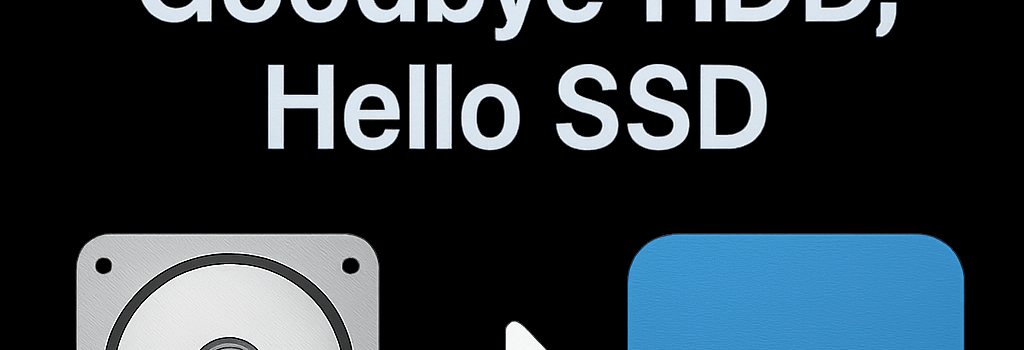macOS 26 Tahoe Updates Icon: Goodbye HDD, Hello SSD

Introduction
Apple released a new developer beta build of macOS 26 Tahoe today, replacing the legacy Macintosh HD hard drive icon with a modern SSD-inspired design. This update touches system and external disk icons, aligning the user interface with current hardware realities and setting the stage for future macOS refinements.
The Icon’s Evolution
Original HDD Icon Design (2000–2014)
Since the public beta of Mac OS X in 2000, the Macintosh HD icon represented spinning rust with detailed metal textures and a subtle blue LED. It survived largely unchanged for over a decade, apart from a Retina resolution bump in 2012 to support high-DPI displays and a texture simplification in Yosemite 10.10 to match the flatter iOS 7 design language.
Retina and Big Sur Era (2012–2020)
High-resolution displays prompted Apple to ship 1024×1024 PNG assets and @2x slices in the .icns format. Even with the Big Sur redesign in 2020, which introduced more abstract shapes and vibrant color palettes, the core HDD motif persisted as a nod to macOS heritage.
macOS 26 Tahoe Developer Beta Changes
- Internal drive icon updated to a chip-on-board design with silver and blue accents
- External drive icons now orange with a stylized USB-C connector silhouette
- Network share icon in blue featuring a miniature globe overlay
- Disk image icon in white with a downward arrow to signify mounting
The new .icns bundles include layered vector PDF assets with embedded P3 color profiles, ensuring crisp rendering on Liquid Retina XDR displays and seamless adaptation between Light and Dark Modes.
Technical Underpinnings of macOS Iconography
Under the hood, macOS uses Asset Catalogs to manage multi-resolution icon sets. Each .icns file now contains both bitmap and vector slices. Tahoe’s addition of PDF vectors allows infinite scaling without pixelation, while maintaining compatibility across 16×16 up to 1024×1024 point sizes.
“Icons in macOS are dynamic assets that adapt to Dark Mode, accessibility settings, and display capabilities,” says UI designer Jenna Lee at Big Apple Design. “Moving to vector-first workflows ensures longevity and consistency.”
Impact on User Experience and Accessibility
By modernizing disk icons, Apple enhances visual consistency and meets WCAG contrast requirements for users with low vision. The new SSD icon features higher luminance contrast, while consistent color-coding across internal, external, and network volumes improves quick identification and reduces cognitive load.
Industry Perspective: SSD Adoption and UI Alignment
- Apple first offered SSD storage in the 2008 MacBook Air, pioneering ultraportable performance.
- By 2012, Retina MacBook Pro models were SSD-only, accelerating flash adoption.
- Today, all Apple Silicon Macs boot from NVMe flash storage with up to 8 GB/s throughput.
The icon update reflects a broader industry trend: UI elements evolve in tandem with hardware. From floppy disk save icons to cloud-based sync symbols, user interfaces must mirror underlying technology to maintain intuitive user mental models.
Future Outlook and Developer Recommendations
Third-party developers should update custom volume icons to leverage the new vector assets in their .icns bundles, ensure support for Dark Mode variants, and test across Apple’s full gamut of display types. Migrating to Asset Catalogs with PDF vectors guarantees forward compatibility with Apple’s upcoming platforms such as visionOS.
Conclusion
The retirement of the spinning Macintosh HD icon marks the end of a storied chapter in macOS history and the beginning of a UI that accurately represents modern flash storage. As macOS Tahoe continues its beta cycle, these subtle refinements underscore Apple’s commitment to a seamless, future-proof experience across all devices.